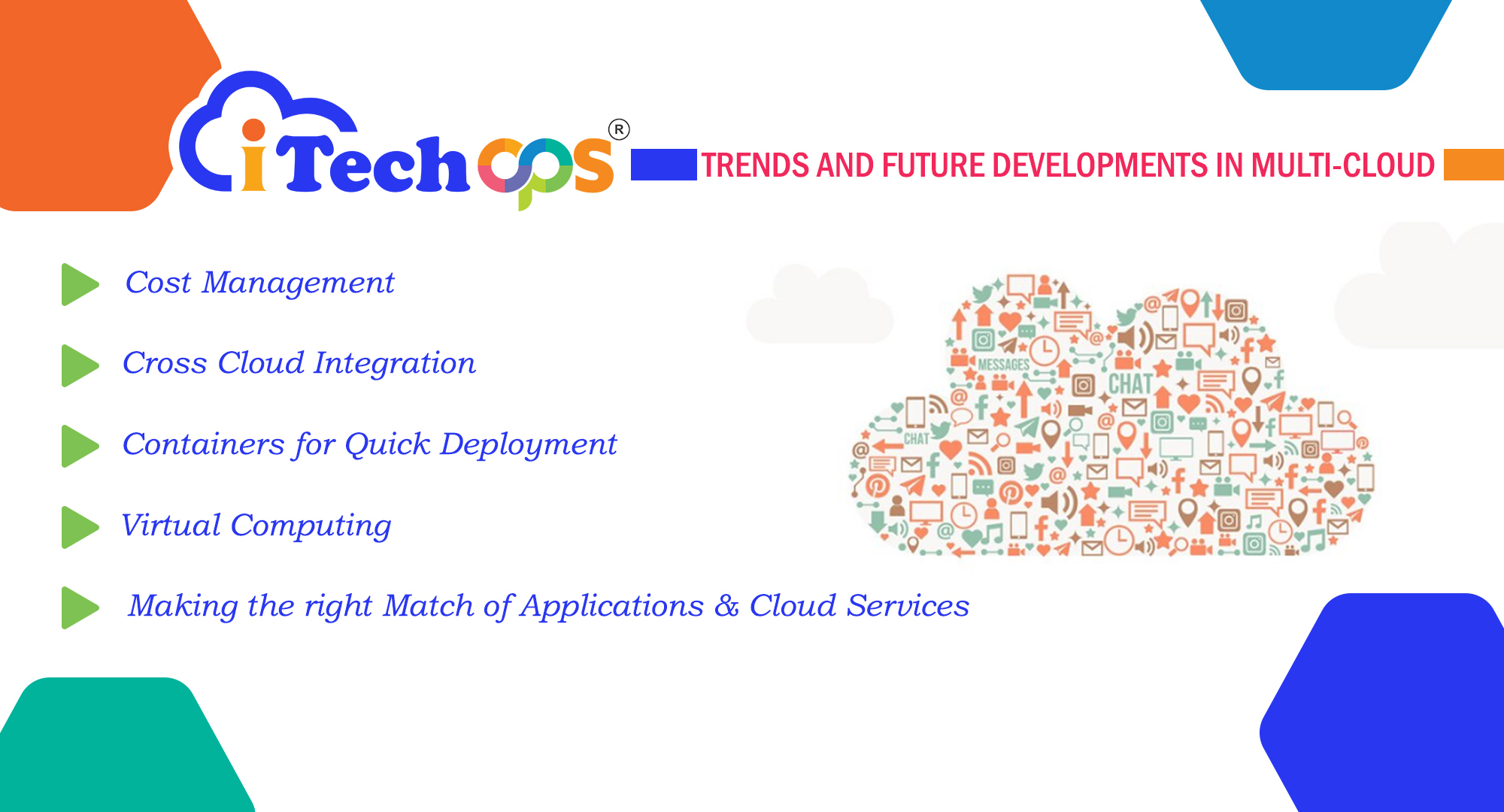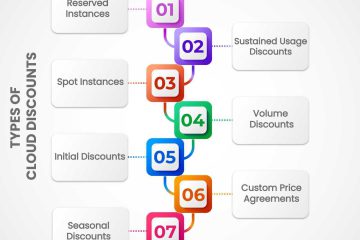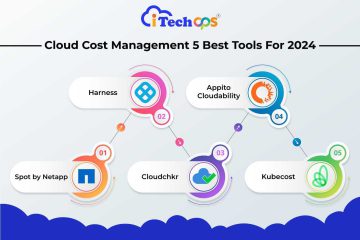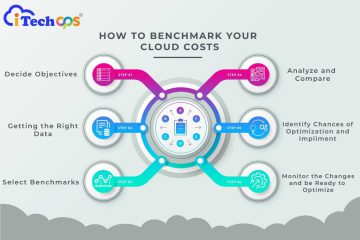Trends and Future Developments in Multi-Cloud

Clouds came down to the horizon. We are talking about computing. Cloud computing is taking over all business domains. Your business needs more than just one cloud-based service provider. There comes multi-cloud service management.
Multi-cloud has rapidly unfolded over the years and has come out much better. Multi-cloud service management provides any organization with manifold perks like cost, scalability, and reliability.
It has brought the best outcomes for small businesses and startups. Multi-cloud services mean hassle-free access to such enterprises’ newest and best cloud-based tools. Or, it saves precious time and IT resources previously spent on maintaining a room full of servers.
But, now the question is what one can anticipate about trends and developments of multi-cloud services. Or, say, what would the future of multi-cloud be? In many ways, it has already arrived, ushering in new IT strategies, business models, and heated rivalry among cloud providers.
Growth and Competition in the Coming Future
The developers are changing the landscape of multi-cloud services. A research firm, Gartner, has reported on the future of public cloud. They predicted “exponential” growth in the global public cloud services market, expanding by 17.5 percent in 2019 to $214 billion and reaching $332 billion in three years. According to Gartner, cloud infrastructure services have primarily fueled growth, and more than a third of enterprises rank cloud investments as a top three investment priority.
But multi-cloud surpassed infrastructure. It also includes the numerous cloud-based tools an organization requires to conduct business. If your firm already employs multiple cloud-based services for accounting, CRM, marketing automation, analytics, and so on, we can expect two-fold development in multi-cloud services.
As the landscape is growing faster, the competition is also becoming complex. Industry giants like AWS are also feeling the pressure of competition in the market.
Five Trends and Developments of Multi-Cloud Services
Between the growth environment and rising competition, enterprises have started considering multiple aspects: when and how — not whether — they’ll shift to a multi-cloud strategy. Thus, before making any decision, one needs to consider the following five points:
● Cost-management
The time of COVID-19 made a huge shift of work from office to work from home. And, so, increased adoption of multi-clouds. Multi-cloud service management has now become an essence of day-by-day business operations. Multi-cloud spending is more volatile and requires effective supervision.
To manage cloud costs, you must continuously evaluate cloud use. It provides capabilities to guarantee you are obtaining optimal usage. Before making decisions, you should drill in to acquire a thorough picture of your cloud workloads and utilization, just like you would with idle software and SaaS platforms.
● Cross-cloud integration
Multi-cloud services allow you to distribute your data and applications on various clouds from different providers. Thus, it becomes challenging when you want to integrate your application or data on multiple clouds. Using containers and cloud-native applications can help you cut this issue and help you to a certain degree. In the future, companies will likely focus on improved integration and greater task sharing in multi-cloud setups to reduce expenses.
● Containers for quick deployment
The fastest-growing trend of multi-cloud is using containers for quicker application deployment. Renowned container technologies like Dockers and Kubernetes help developers build, pack, and deploy applications swiftly.
Containers are self-contained environments. Thus, the developer can invest in logic and application dependencies. On the other hand, the management team can look into the development and management of the application. It cuts the worry about the configurations and platform versions.
● Virtual Computing
The expanding use of serverless computing is another multi-cloud trend. Using serverless architecture, you may outsource physical hardware, virtual machine operating systems, and web server management. The outsourced partner also manages other activities, including upscaling or downscaling servers and application patching. You only need to work on the application code.
You pay for the resources you use with serverless computing. The infrastructure is automatically scaled up or down, preventing you from maintaining the cloud infrastructure.
● Making the right match of applications and cloud services
One of the biggest trends of multi-cloud is the flexibility of selecting the cloud providers that offer the best environment for your applications. This flexibility of choice of provider can deliver optimum results. It can also make the service scalable and reliable.
Moreover, multi-cloud providers are taking up new responsibilities every new day. They are coming up with more innovative solutions to cater to the needs of their customers.
Conclusion
Multi-cloud brings a plethora of perks for organizations. It allows them to harvest most of their cloud investments. There is a lot of potential that still needs to come up.
Yet, going for a cloud service without proper planning can backfire on your business growth.
Thus, we suggest you go for a cloud service that fits your organization’s needs, is cost-effective, and caters to needs like the safety and security of your data and applications.



0 Comments